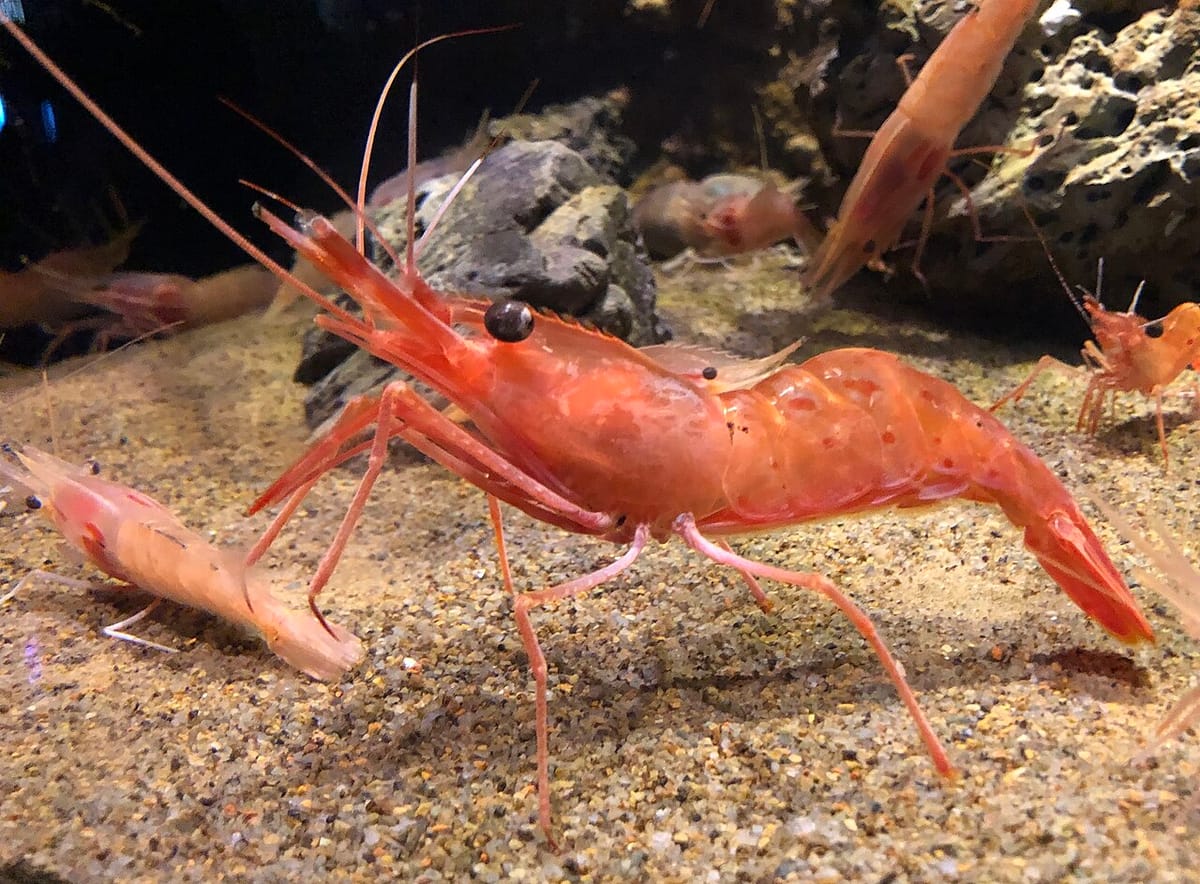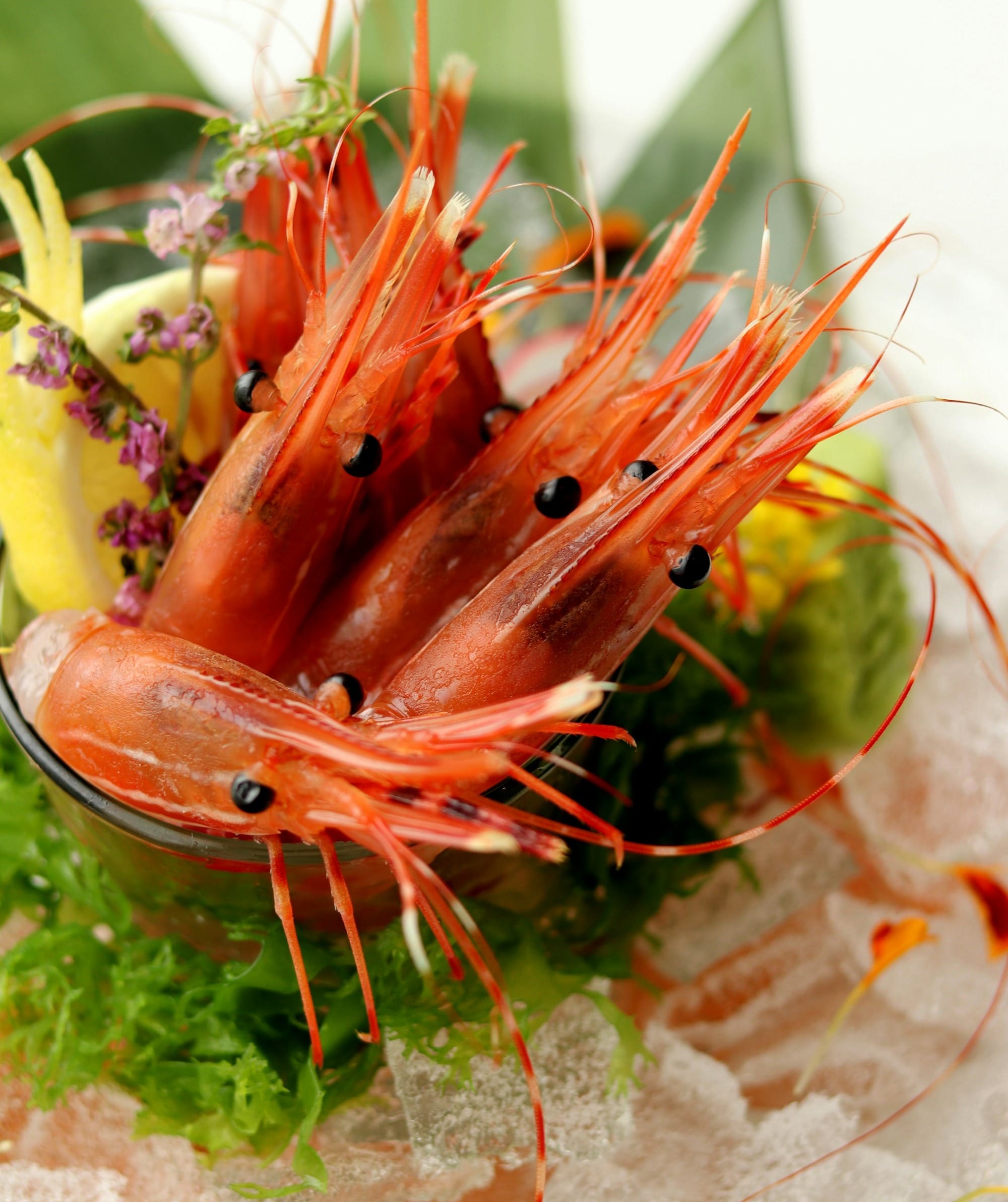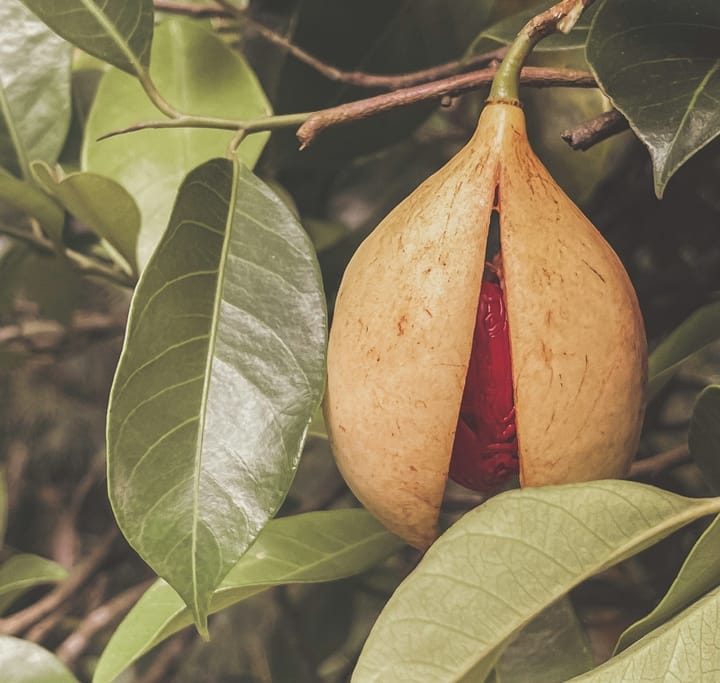Botanebi Peony Shrimp: Luxury Sushi's Prized Sweet Delicacy
Discover botanebi, Japan's prized sweet shrimp treasured in luxury sushi. With its gentle crunch and natural sweetness from Arctic waters, this translucent delicacy embodies culinary perfection

In the refined world of sushi, where precision meets tradition and quality reigns supreme, certain ingredients achieve an almost mythical status among connoisseurs.
Among these prized delicacies stands the botanebi, a sweet shrimp that has captured the hearts and palates of sushi enthusiasts worldwide.
When served fresh and live, this remarkable crustacean offers a slightly firm texture with a gentle crunch that perfectly complements its balanced, sweet flavor—a combination that has made it one of the most sought-after shrimp in high-end sushi establishments.
Understanding Botanebi
Botanebi, scientifically known as Pandalus nipponensis, belongs to the family of cold-water shrimp that thrive in the northern Pacific waters.
What sets botanebi apart from its cousins is not just its exceptional sweetness, but the complex flavor profile that develops in the frigid waters where it makes its home.
The name "botanebi" literally translates to "peony shrimp" in Japanese, a poetic reference to the delicate pink hue the shrimp develops when cooked, reminiscent of peony petals in bloom.
The texture of live botanebi is nothing short of extraordinary. Unlike the sometimes rubbery consistency of frozen shrimp, fresh botanebi maintains a delicate firmness that yields to a gentle crunch between the teeth.
This textural experience, combined with its natural sweetness that requires no enhancement, creates a pure expression of the ocean's bounty that sushi masters prize above many other ingredients.
At first glance, botanebi commands attention with its impressive size, typically measuring 15 to 20 centimeters in length—substantially larger than common shrimp varieties.
Live specimens display a remarkable translucent, almost glass-like body with subtle hints of pink and orange threading through the shell, a transparency that serves as an immediate indicator of freshness.
The shrimp's naturally elegant curve, pronounced rostrum, and delicate, active antennae create a visually striking presentation that hints at the culinary experience to come.
This generous size not only provides visual appeal but ensures a substantial, satisfying bite that allows the complex flavors and textures to fully develop on the palate.
The Arctic Waters: Where Botanebi Thrives
The story of botanebi begins in the cold, nutrient-rich waters of the North Pacific, particularly around Hokkaido, Japan's northernmost main island, and extending into the waters near Russia and Alaska.
These shrimp inhabit depths ranging from 200 to 500 meters, where water temperatures hover just above freezing.
The extreme cold of their environment plays a crucial role in developing their characteristic sweetness and firm texture.
During certain times of the year, particularly in late autumn through early spring, botanebi migrate to shallower waters to spawn.
This seasonal movement has traditionally dictated the fishing seasons, with the peak harvest occurring when the shrimp are at their sweetest and most abundant.
The fishing methods employed are carefully regulated to ensure sustainability, with many fishermen using specialized deep-water trawls designed to minimize environmental impact while preserving the quality of the catch.
The Preparation

The preparation of botanebi demands immediate action to preserve its delicate qualities.
Upon receiving live specimens, sushi chefs begin with a quick rinse in ice-cold salt water before employing traditional techniques refined over generations.
For the ultimate freshness display, some chefs present botanebi in "odori-gui" style—served while still showing subtle movement.
More commonly, the chef expertly removes the shell while preserving the tail for visual appeal, then carefully deveins the shrimp to maintain its natural curve.
A light scoring on the underside prevents curling and ensures perfect placement atop seasoned rice.
Master sushi chefs understand that botanebi's natural sweetness requires minimal intervention.
Unlike seafood that benefits from aging or marination, botanebi shines when served immediately after preparation, needing only perhaps a whisper of soy sauce or fresh wasabi to complement its delicate ocean essence.

Cultural Significance and Historical Context
Once a common catch in northern Japan's coastal communities, botanebi has evolved from a simple fisherman's meal to an international luxury ingredient, mirroring the global rise of sushi culture.
This transformation reflects changing perceptions of quality and exclusivity in Japanese cuisine.
In traditional Japanese gastronomy, botanebi embodies two essential concepts: "ikizukuri" (serving seafood at peak freshness) and "shun" (ingredients at their seasonal best).
This philosophy connects modern diners to centuries-old traditions that celebrate pure, natural flavors.
Today, serving live botanebi has become a prestige statement in high-end establishments.
It signals not just quality, but the restaurant's elite supplier connections and commitment to excellence—a message that resonates deeply with knowledgeable diners who understand the complexity behind such offerings.
The Flavor Profile: A Symphony of Subtle Tastes
Premium botanebi presents a complex flavor journey that unfolds in layers. The initial taste delivers clean, natural sweetness—like fresh seawater with mineral hints—far removed from any artificial sweetness.
As the firm flesh yields to the bite, a gentle brininess emerges to balance the sweetness, followed by an almost buttery finish.
Served at optimal temperature (cool, not cold), botanebi reveals subtle umami notes that create the perfect flavor harmony prized in high-end sushi.
Live preparation adds yet another dimension—preserving volatile aromatic compounds that vanish quickly after death.
These fleeting qualities, impossible to replicate with frozen or aged seafood, explain why live botanebi remains the ultimate prize for serious sushi enthusiasts.
The Ultimate Luxury Experience
Properly prepared live botanebi creates lasting memories that transcend mere dining.
It embodies a philosophy valuing quality, tradition, and the fleeting perfection of peak ingredients.
The experience—firm flesh yielding to a gentle crunch, waves of natural sweetness with ocean notes, knowing these Arctic waters dwellers were alive hours earlier—elevates eating beyond sustenance.
Botanebi exemplifies why seeking and preserving the ocean's finest ingredients matters in luxury sushi.


